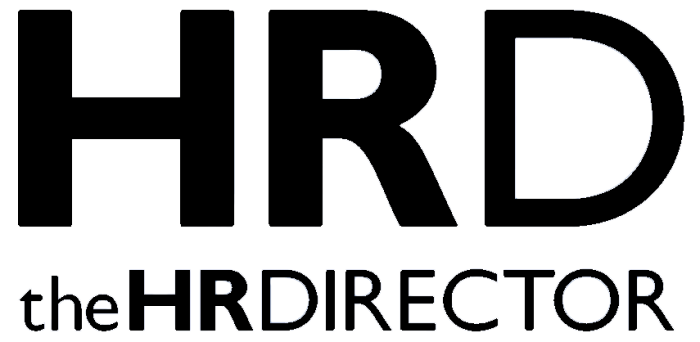The new threat in modern workplaces
As workplaces become increasingly digital, a new threat is emerging, and I believe many leaders are turning a blind eye. With collaboration tools like Slack, Microsoft Teams and internal chat channels now central to the way we work, we’ve unknowingly created unregulated spaces where bullying, exclusion and inappropriate behaviour are quietly escalating.
Boundaries were left behind
We’ve moved the watercooler online, but we forgot to bring the boundaries with us. What looks like harmless banter can quickly turn into gossip, mockery or exclusion, and unlike face-to-face interactions, digital messages leave a permanent trail and can spiral faster than people realise. Online, people tend to speak more freely, or recklessly, because the environment feels casual. But casual doesn’t mean consequence free.
Incidents are rising – and often go unseen
In my work, I’m seeing a rising number of workplace incidents that stem not from boardroom interactions, but from unchecked digital behaviour. Online platforms have become the new frontline for bullying and passive aggression, particularly with the rise of hybrid and remote work.
I’ve seen it all – team members being left out of key chat threads, in jokes that exclude or belittle, passive aggressive comments buried in messages, and even emojis and gifs being used to undermine people. It’s often subtle. It’s rarely documented. But it leaves a lasting impact, eroding trust, confidence and psychological safety.
A lack of emotional intelligence is driving harm
One of the biggest problems I see is a lack of emotional intelligence, especially social awareness. People misread tone, misjudge relationships, and fail to see how their messages are received. Without the nuance of face-to-face interaction – no body language, no facial cues – communication becomes distorted. This distortion is often the breeding ground for toxicity.
Digital misconduct hides in plain sight
What makes digital misconduct so dangerous is its invisibility. Unlike traditional bullying, which might play out in an office corridor or staff room, digital misconduct hides in plain sight. It’s woven into informal chats, project discussions and digital side rooms, and many leaders simply aren’t looking there. They don’t know what to look for, or they don’t think it’s their responsibility.
These platforms were built to enhance collaboration, but in a workplace without clear boundaries or accountability, they can quickly turn into breeding grounds for dysfunction. When leadership isn’t visible or intentional in the digital space, power plays and exclusion thrive.
Policies are outdated and ineffective online
What’s even more alarming is that traditional workplace policies haven’t kept up. Most bullying and harassment policies barely scratch the surface of digital misconduct. Does your policy outline what bullying looks like in a Teams chat? Do your leaders understand how digital exclusion works, or how it might feel? Are there expectations in place for respectful online communication, or is it a free for all?
Culture must lead, not compliance
The reality is, if your culture tolerates toxic digital behaviour, no policy will protect your people. Compliance is not culture. As leaders, we need to show up online the same way we do in person. That means modelling respectful digital behaviour, calling out poor conduct, and creating an environment where people feel safe to speak up, not just when something explodes, but as part of daily life.
A wake up call for HR and executive teams
This is a wake up call for HR teams and executive leadership. You need to understand how your communication tools are being used, what behaviours are being normalised in those spaces, and whether your systems are actually supporting inclusion or silently fuelling harm.
It’s not just about banning certain words or limiting emojis. It’s about setting the tone, training for emotional intelligence, and building real human connection, even in the digital space. If you wouldn’t tolerate a behaviour in a face-to-face meeting, don’t allow it in a chat thread.
Online workspaces are now real workspaces. And it’s time we started treating them that way.







